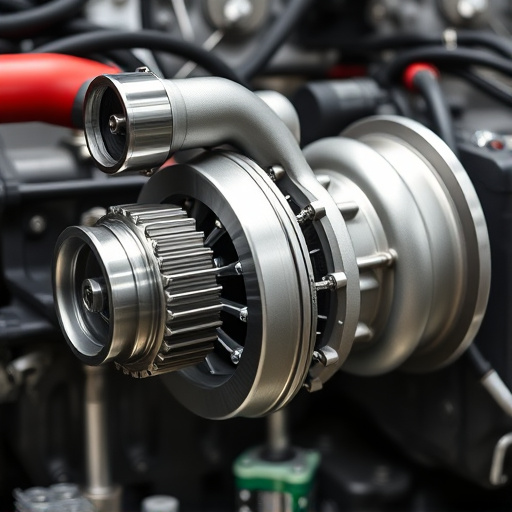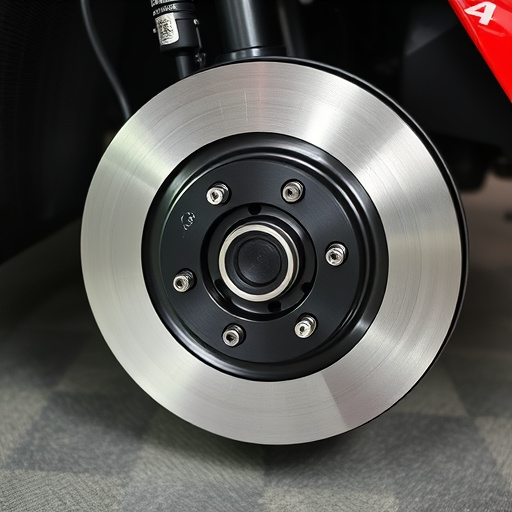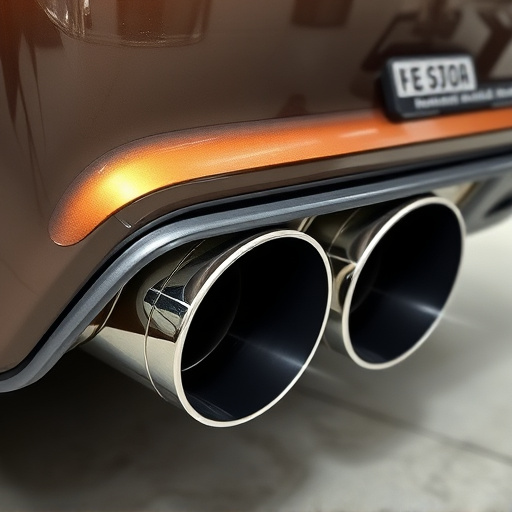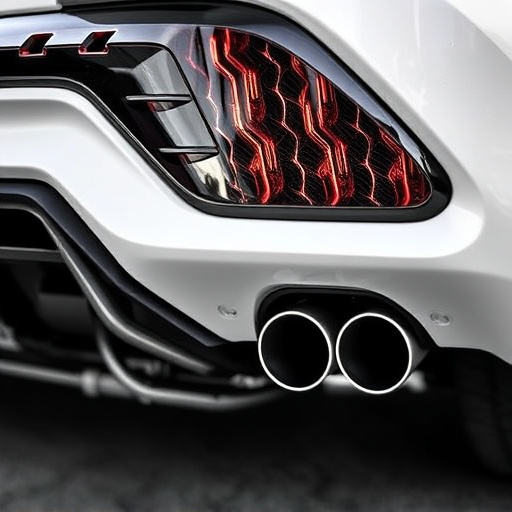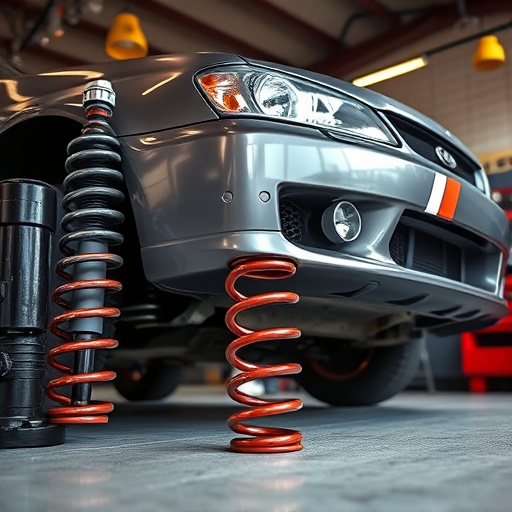Dyno tuning is a strategic, data-driven process using specialized equipment (dynamometers) to enhance engine performance while prioritizing safety. It involves optimizing components like exhaust systems and air filters for improved airflow and power. Mechanics use sensors to monitor metrics such as torque, horsepower, and fuel efficiency, enabling precise adjustments to critical parameters like fuel injection and ignition timing. Dyno tuning improves throttle response, enhances safety by rigorously testing key systems, and is crucial for maintaining reliability in high-performance vehicles. It's an art requiring knowledge and precision, focusing on suspension setup, exhaust modifications, and regular dyno maintenance for accurate measurements and safe tuning practices.
Dyno tuning, or dynamometer tuning, is a crucial process ensuring engine safety and optimal performance at higher outputs. By using a dyno, a specialized testing device, mechanics can precisely measure power and torque while adjusting components for enhanced efficiency. This article delves into the science behind dyno tuning, exploring its benefits for both performance and safety. We’ll guide you through best practices to ensure effective dyno tuning, enabling you to harness your engine’s full potential securely.
- Understanding Dyno Tuning: The Process and Its Purpose
- Benefits of Dyno Tuning for Engine Performance and Safety
- Best Practices and Tips for Effective Dyno Tuning
Understanding Dyno Tuning: The Process and Its Purpose
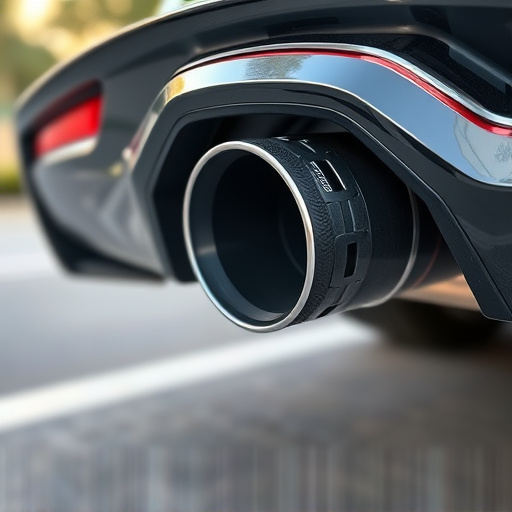
Dyno tuning is a process that plays a pivotal role in enhancing engine performance while prioritizing safety. It involves meticulously adjusting various aspects of an internal combustion engine using specialized equipment, such as a dynamometer (dyno). The primary purpose is to optimize the engine’s output, ensuring it operates efficiently and reliably at higher performance levels without compromising safety.
During dyno tuning, a variety of components are evaluated and modified. This includes adjustments to the exhaust system, often utilizing high-performance exhaust tips and mufflers designed for better airflow. Additionally, air filter kits may be installed to enhance airflow, boosting engine power. The process is data-driven, with sensors monitoring critical parameters like torque, horsepower, and fuel efficiency. These insights enable tuners to make informed adjustments, fine-tuning the engine’s performance curve to achieve the desired results while adhering to safety standards.
Benefits of Dyno Tuning for Engine Performance and Safety
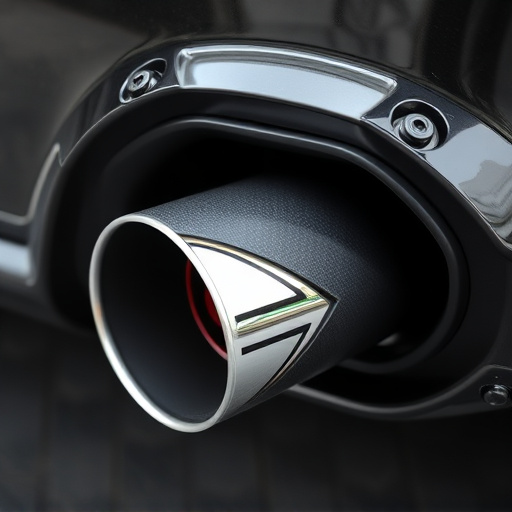
Dyno tuning offers a multitude of benefits for vehicle owners seeking to unlock their engine’s full potential while ensuring safety. By utilizing a dynamometer (dyno), mechanics can precisely measure and analyze various aspects of an engine’s performance under controlled conditions. This data-driven approach allows for fine-tuning settings, including fuel injection, ignition timing, and air-fuel ratio, leading to enhanced power output and improved throttle response.
Moreover, dyno tuning plays a pivotal role in ensuring the safety of high-performance vehicles. It helps in optimizing critical components like brakes, which must handle increased stopping forces. Tuning also takes into account the performance of air intake systems, ensuring optimal airflow while maintaining efficient combustion. Regular dyno sessions can identify potential issues before they become serious, promoting long-term reliability and peace of mind for drivers investing in top-tier parts.
Best Practices and Tips for Effective Dyno Tuning
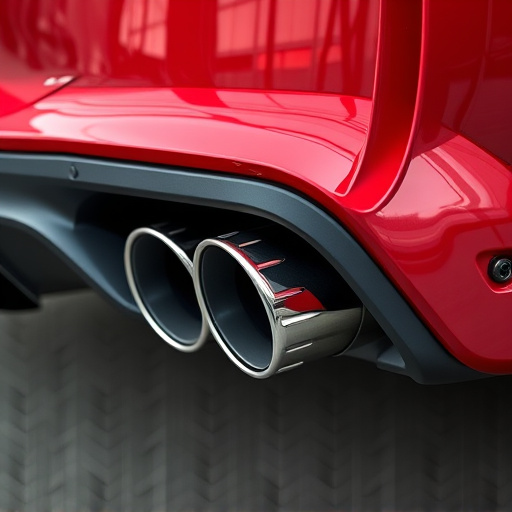
Dyno tuning is an art that demands precision and knowledge to unlock your vehicle’s full potential while ensuring safety. Here are some best practices and tips for effective dyno tuning:
Start by understanding your vehicle’s dynamics and its components, especially the suspension setup. Adjusting suspension components can significantly impact handling and cornering abilities, directly affecting overall performance. Fine-tune these parts to ensure optimal contact with the road surface, allowing better grip during acceleration and braking. Remember, a balanced suspension enhances both safety and control. Next, focus on the exhaust system, including mufflers, as they play a crucial role in engine sound and power output. Upgrading exhaust mufflers can reduce backpressure, improving airflow and boosting vehicle performance. However, always prioritize noise regulations and choose legal modifications to avoid any legal issues.
Additionally, regular maintenance and cleaning of the dyno itself are essential for accurate readings. A clean and well-maintained dyno ensures precise power and torque measurements, allowing for more effective tuning adjustments. Always follow safety protocols during the process, use appropriate personal protective equipment, and ensure a well-ventilated area to avoid any health risks associated with high-performance engine tuning.
Dyno tuning is not just about boosting engine performance; it’s a critical process that ensures safety at higher outputs. By understanding the science behind it and employing best practices, enthusiasts can enjoy enhanced power without compromising their vehicle’s integrity. Dyno tuning, with its precision adjustments, is a game-changer for those seeking to unlock their engine’s full potential while maintaining reliability.










